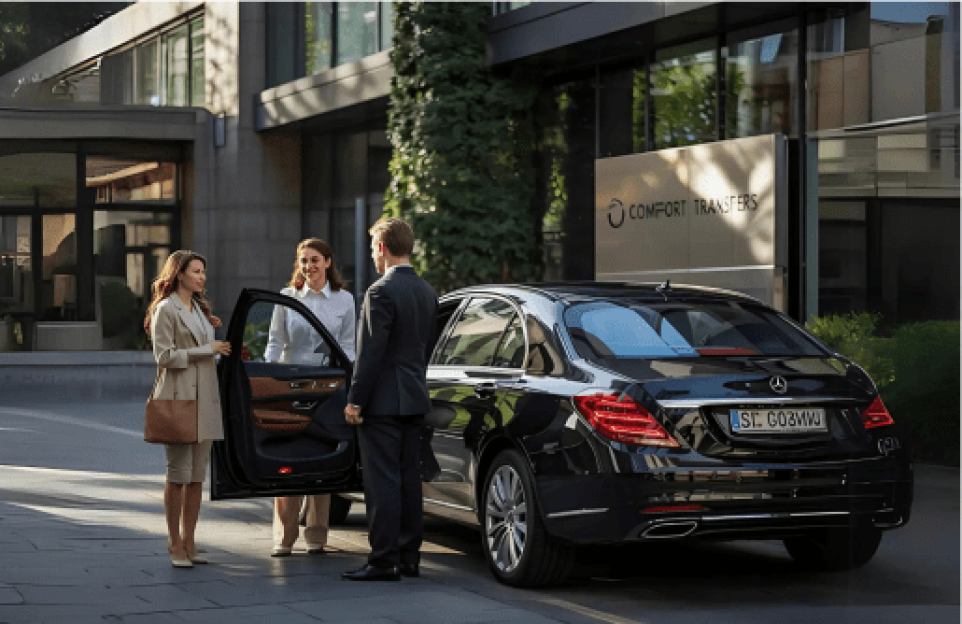A PLANE food expert has revealed the dish that passengers should avoid in the air.
Meals on board flights are rarely a culinary extravaganza, but there are ways of making sure the food you get is a bit more palatable.
Fitz explained why pasta is not a good dish to order while on board a planeFritz Gross, director of culinary excellence at LSG Sky Chefs Asia Pacific, told CNN that taste is not the priority for people making the food for planes, but that hygiene is much more important.
He said: “Our top concern is actually food safety. We do such a large volume, we cannot afford to have things in there that are not right. You can imagine how easily an airline can get sued.”;;
Gross said that dishes that can handle the reheating process are the best ones to order, simply because food needs to be properly cooked when it is handed out to passengers .
Because pasta needs to be served at a certain texture for it to be enjoyable, it is considered to be one of the dishes that suffers the most on board a plane.
Similarly, dishes that require a lot of fresh ingredients aren’t likely to be great either, because the quality of the food just won’t be as good.
Gross continued: “We are not a restaurant â we can’t go to the market in the morning and pick what’s fresh and make it the special of the day.”;;
He advises instead of pasta, or anything that might struggle while being reheated, to order the stew if possible.
He said: “We can simmer it and reheat it over and over and it will still be a stew.”;;
Gross isn’t the only person who advises against eating pasta on a plane either.
Dr. Charles Platkin, executive director of the Hunter College NYC Food Policy Center, told Travel + Leisure that it can make people feel bad when eaten during a flight.
He said: “Eating lots of heavy carbs such as pasta with thick, dense sauces, breads, muffins or cakes will leave you feeling lethargic, cranky, and not full or satisfied.
“Your blood sugar levels will spike and then fall, which will negatively impact how you feel.”;;
There is however a strange trick that can improve the taste of bland plane food .
According to an Oxford professor called Charles Spence, wearing noise-cancelling headphones can improve both food and drink.
Professor Spence is an expert on taste and food who wrote Gastrophysics: The New Science of Eating and he told the Telegraph : “Donning a pair of noise-cancelling headphones could actually be one of the simplest ways in which to make food and drink taste better at altitude.
“The lower cabin pressure, dry cabin air and loud engine noise all contribute to our inability to taste and smell food and drink.”;;
Cancelling out the drone of a plane’s engine with headphones will help because low-pitched noises can also make food taste bitterer by up to ten per cent.
Research by Professor Spence took place at Heston Blumenthal’s restaurant, the Fat Duck, which also found that listening to high-pitched noises can make food taste sweeter by ten per cent.
Professor Spence added: “The effects, it should be said, weren’t huge, but they were large enough to potentially make a difference to the tasting experience while up in the air.”;;
Another woman revealed how she always avoids eating bad food on planes.
And one tourist has explained how she uses a free airport item to get nicer meals in the air.
Fitz recommends eating stew instead of pasta because it can be reheated



